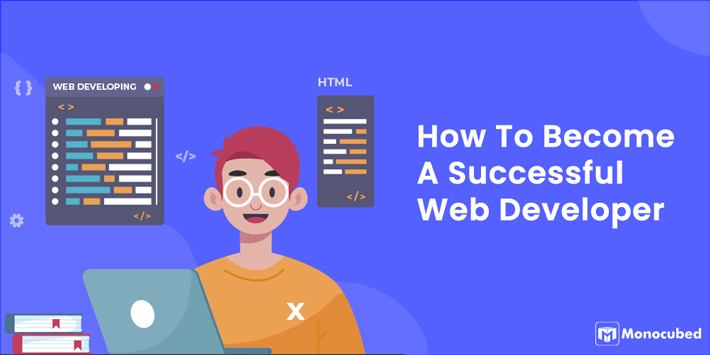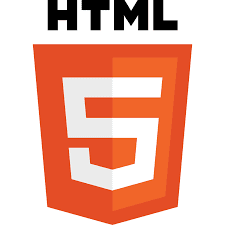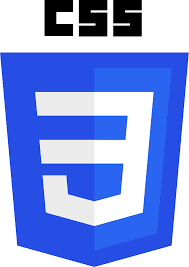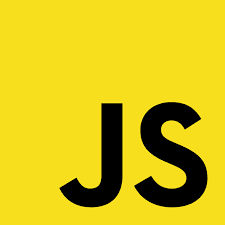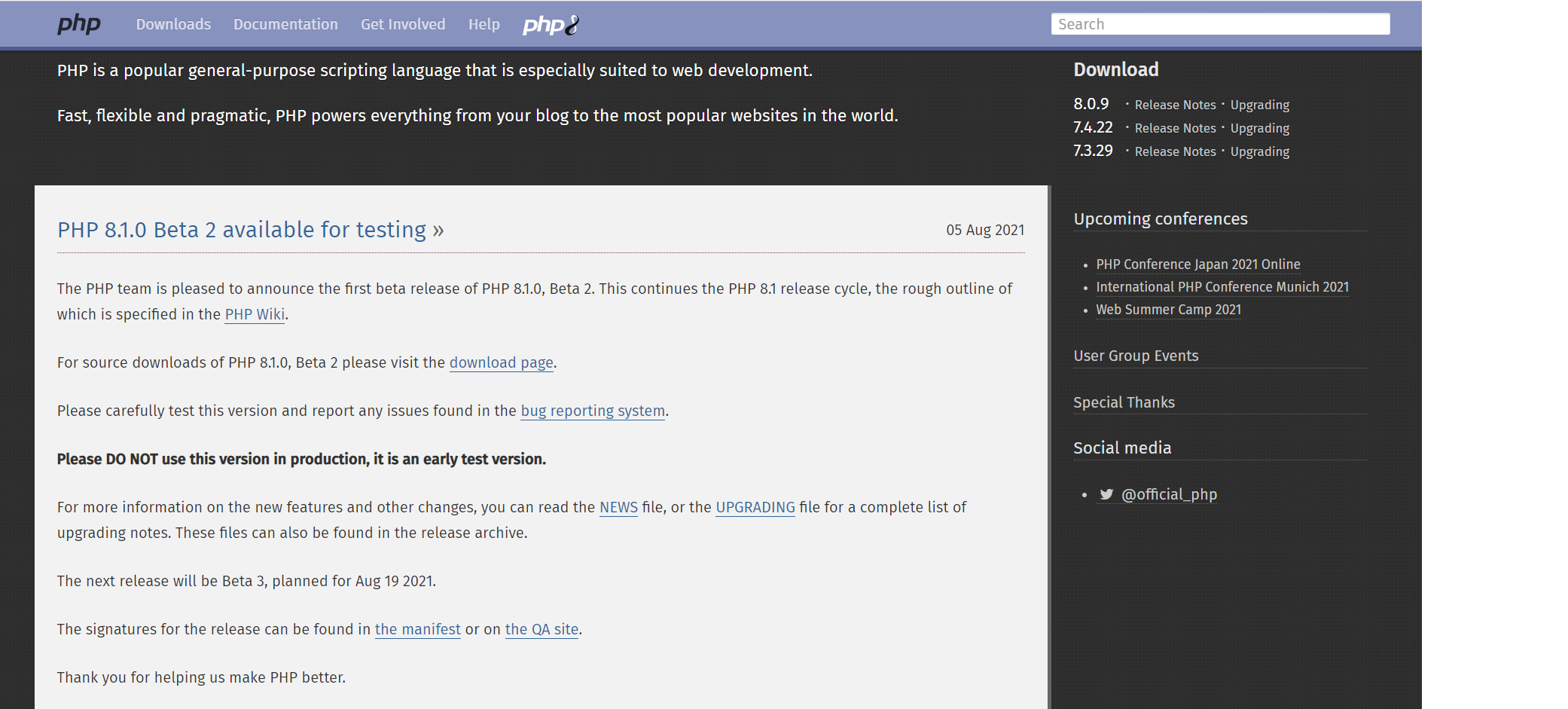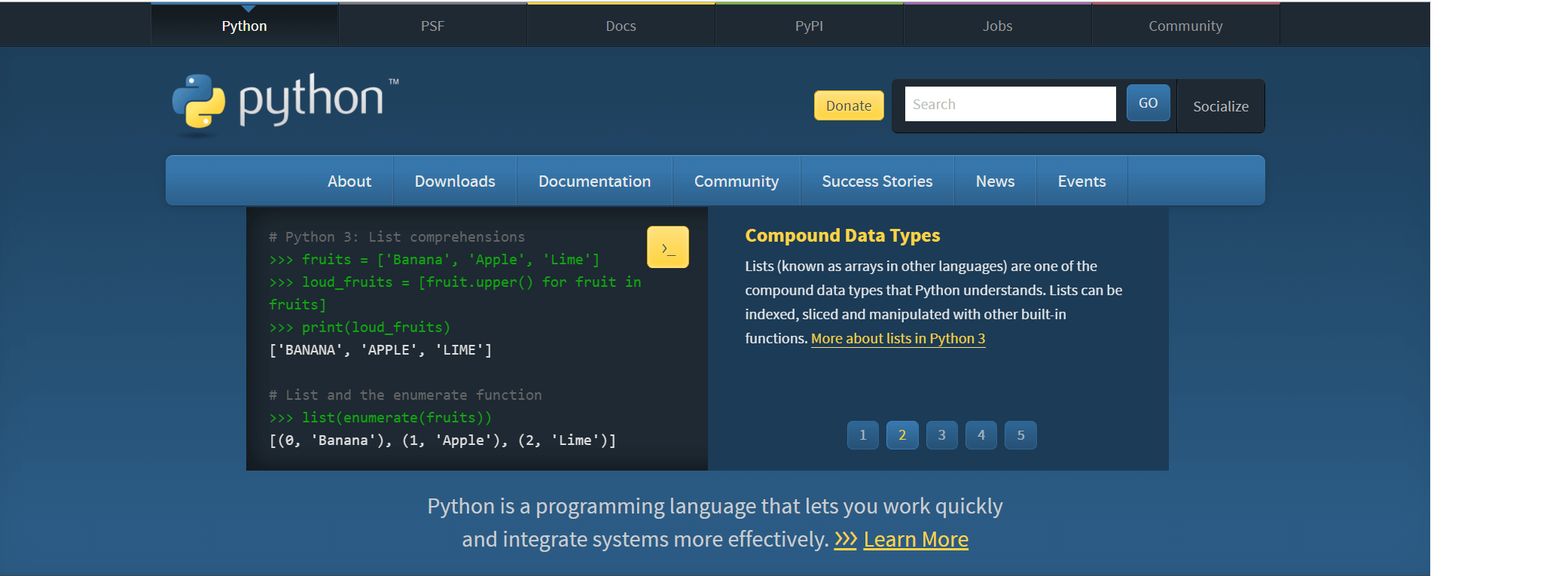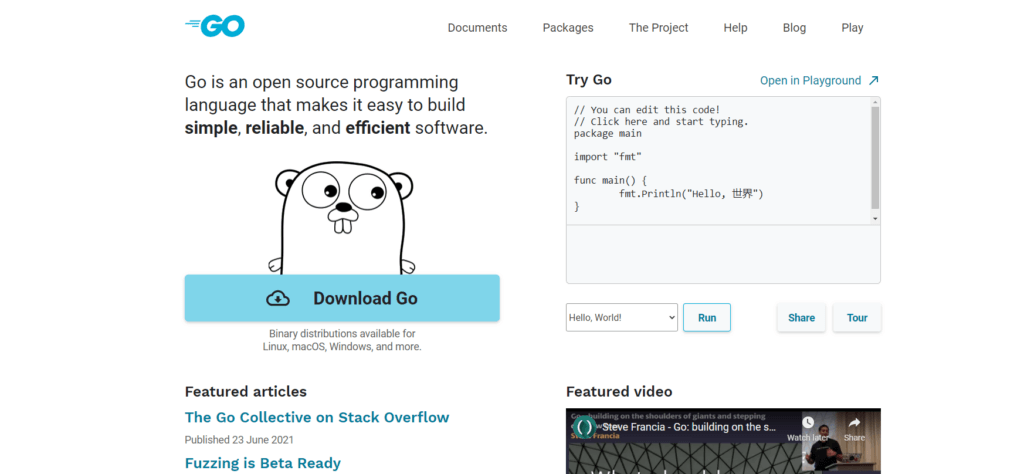Curious to know how to become a web developer? Confused about where to start? Wondering how much time you start earning as a web developer?
Then this blog is especially for you.
If you are passionate about designing and programming then web development is a high-earning, interesting career option for you. In this blog, we cover all the basic skills you have to master and how much time you need to spend learning each.
- Learn web development fundamentals
- Choose a development specialization
- Learn key programming languages for web development
- Work on projects to develop your Web Developer skills
- Build your portfolio
The 5 simple steps to becoming a web developer are-
In this blog, we will explore each of these steps in detail, along with the total time it takes to develop each skill required for a web developer.
Table of Content
How to Become a Web Developer in Five Simple Steps
Do you think becoming a web developer is difficult. Is web development hard? Becoming a web developer can be an extremely tough, hard-to-achieve goal. But, it is not as hard as it seems. Following a good schedule and practicing can help you become a successful developer in a matter of months.
Meanwhile, there’s a whole world of resources to teach you how to become a web developer, many of which are free. Read on to learn some of the basic steps you’ll need to take for becoming a highly paid web developer.
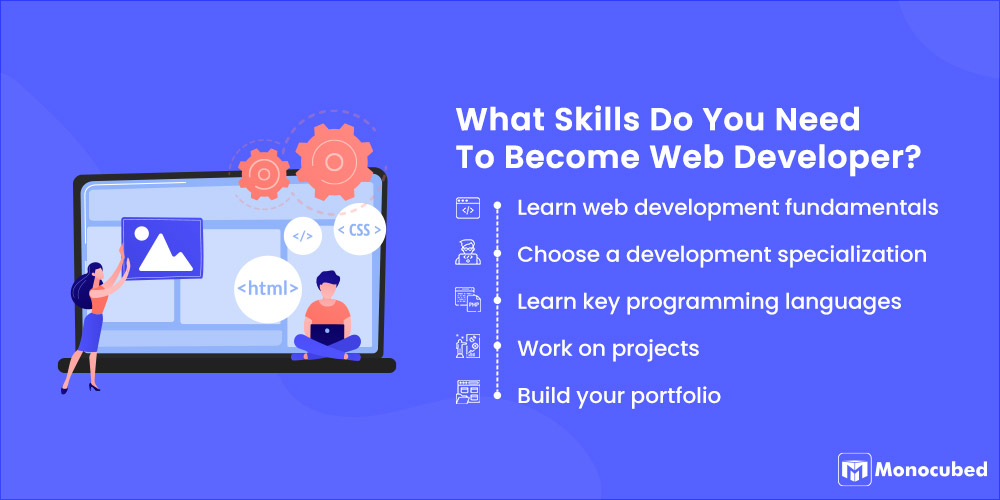
Learn web development fundamentals
The first step to becoming a competent web developer is to start learning web portal development fundamentals, including an understanding of –
- HTML (Hypertext Markup Language)
- CSS (Cascading Style Sheets)
- JavaScript
You can create a lot of basic web applications and websites with just HTML, CSS, and JavaScript coding. So it is important that every developer has a good grasp of these three technologies.
HTML
HTML is a hypertext markup language that structures the content and layout of the web page. It is a markup tool used to design web pages and user interfaces.
It’s the very backbone of every website, defining the different textual and graphic elements displayed on a web page. Therefore it is a must to learn for every aspiring web developer, be it frontend or backend development.
HTML and CSS are the most basic building blocks of web coding. Without these two skills, you can’t create a website design all you’d have is unformatted plain text on the screen. In fact, you can’t even add images to a page without HTML!
CSS
CSS is a must for students and working professionals wanting a web development career. Cascading Style Sheets or CSS is a style sheet language that describes the visual look and presentation of HTML code.
CSS handles the look and feel part of a web page. While HTML controls the content on a page, CSS defines the format, the font, and the colours of each element.
Using CSS, you can control the colour of the text, the style of fonts, the spacing between paragraphs, sizes and structure of columns, background images or colours, layout designs, variations in display for different devices and screen sizes as well as a variety of other effects.
CSS also ensures that you create a responsive design so that your website or web app is suited for viewing on mobile phones and desktops.
CSS is easy to learn and understand but it provides powerful control over the presentation of an HTML document. Most commonly, CSS is combined with the markup languages HTML or XHTML.
The first step in learning the web is to master coding with HTML and CSS. The good news is that developing your coding knowledge of both languages will take just a few weeks of dedicated learning as both languages use simple English keywords for tags.
JavaScript
JavaScript is a web scripting language that is responsible for almost 97% of the websites online today. It is executed in the client browser and therefore it is widely considered to be a client-side programming language.
But in recent years, JavaScript has become part of server-side development too. Web developers create dynamic, cross-platform web apps that provide a seamless user experience using JavaScript libraries and frameworks like Node.js, React and Vue.
Learning Javascript is extremely important for web developers as it helps add a lot of dynamic content on the web page and lets you add unique functionality to your websites.
At the most basic level, JS is used for creating dynamic content. This means real-time gaming on web browsers, interactive movies, and most recently, COVID relief resources websites with live updates.
Popular websites and web apps like Pinterest, Netflix, or Youtube use JavaScript to make their user interface simple and attractive. Users don’t have to reload and wait for massive loading times due to the powerful JavaScript language.
It’s also the most popular web language in the world. So even if you don’t end up being a web developer, it is a useful skill to have.
What important topics to learn in JS?
JavaScript, as discussed above, is a general-purpose language that has applications in various fields. The problem with learning such languages is that they can get overwhelming.
At the start, you only need to learn the basics of the language and the important concepts required for web developers. It is best if you focus on the following list of topics instead of taking the whole language in one go.
- Data Types, Loops, and Conditionals.
- Objects, Primitives, and Arrays.
- Functions are the main building blocks in your program.
- Debugging – This is the process of finding and fixing errors.
- Classes – With the modern version of JavaScript, frontend developers can work with classes and objects. These are useful when implementing object-oriented programming and when you require modular and clean code.
- Asynchronous programming is important, especially when you need to communicate with the server. So spend some time learning about Promises and Async/Await.
Choose a development specialization
Now that you have a basic understanding of the three pillars of web development, you can move ahead and choose a specialization
It is good to explore all your options and learn a little about each technology before deciding what you like. But if you know what you like and have or have a short time period, you can go ahead and choose a specialization as early as possible. This way, you can spend more time learning exactly what you would like to work with.
There are mainly 3 kinds of web developers –
- Frontend developer
- Backend developer
- Full-stack developer
Let’s look at each in detail to help you choose the right one.
Front End Developer
Front-end developers work with the visual parts of a website that users see and interact with through their web browser. There’s a trifecta of coding languages that serve as a backbone for any frontend developer career.
- HTML
- CSS
- JavaScript
- Bootstrap
HTML and CSS are markup languages used to define the parts of a web page and their style. Meanwhile, JavaScript is a scripting language. It is used to control dynamic content on a webpage like scrolling video, animated graphics, and interactive maps.
A working grasp of these three languages is enough to start doing paid work as a front-end web developer.
Bootstrap is a fronted CSS and HTML library that provides pre-coded elements and templates to design website pages. You can create an attractive web design for the front end within a matter of days. Easy to learn and use with ready-made templates, Bootstrap is one more exceptional technology for frontend developers.
Back End Developer
Back-end programming deals with the under the hood aspects of websites- getting data requested by the users from databases, displaying webpages according to the HTML, CSS, and JavaScript codes, and platform compatibility.
Common skills used for back end development include backend frameworks and database handling-
- HTML
- CSS
- JavaScript / NodeJS
- Ruby / Ruby on Rails
- PHP/ Laravel
- Python/Django
Each of these backend web frameworks is very useful as they minimize the amount of knowledge required to create websites. Building websites entirely from scratch is easy once you know one of the above frameworks like Django or Ruby on Rails.
Full Stack Developer
A full-stack developer is somewhat of a combination of backend and frontend development.
Full-stack developers have enough knowledge about both frontend and backend technologies to create a functional website. They do not specialize in any particular language or technology but can manage both and troubleshoot any issues or bugs that may occur.
Being a full-stack developer involves writing code for
- Programming a browser (using JavaScript, jQuery, React, or Vue)
- Programming a server (using PHP, ASP, Python, or Node.js)
- Programming a database (like using SQL, SQLite, or Mongo)
If you prefer developing logic and making sure the app works right, the backend is for you. But if you like designing and developing tangible elements and creating an experience, front-end development is better.
Looking for a Dedicated Web Developer?
Talk to us. We have a pool of experienced web developers and designers who will work dedicatedly for your project.
Learn key programming languages for Web Development
Python
Python is a popular choice for beginners as it is easy to learn and its syntax is clear and concise. Flexibility, readability, scalability, portability and speed are some benefits of Python. It is also one of the only programming languages that support math-intensive applications.
Java
Java is a commonly used language for web development, especially on the server-side. Java applications are distributed applications that run on the internet. Web development with Java allows us to create web pages where users can interact with the interface.
C++
C++ is the fastest computer language, its speed is appreciated for AI programming projects that are time-sensitive. It provides faster execution and has less response time which is applied in search engines and the development of computer games. C++ is appropriate for machine learning and neural networks also. It is one of the most widely-used languages on which multiple languages including Python are based.
PHP
PHP is a very popular backend web language, especially for back-end developers creating professional, enterprise-level websites. It can be deployed on most web servers, operating systems and platforms but is mainly preferred for web and desktop web app development.
Ruby
Ruby is a dynamic fully object-oriented, general-purpose scripting language. Created back in 1995, it currently ranks among the top 10 programming languages. Ruby developers are known to build architecturally clean and high-quality web apps using HTML, JavaScript, and CSS files.
Work on projects to develop your Web Developer skills
Another solid, long-term strategy is to use some time and work on test projects– whether these are small paid jobs for friends in need of a personal website or projects based on a hobby or passion.
Building real websites while you learn will help reinforce the basic concepts and give you a much-needed understanding of a web developer’s job.
Set up a Github account and work on projects. This will also be helpful in adding relevant projects to your resume and help improve your programming skills. An active Github account is always a plus point for a professional web developer. Your Github account will demonstrate what you do to solve issues, your thinking process, and your web development skills.
Practicing coding and getting used to using Git will prepare you to manage complicated site and application builds. While you’re at it, work on freelance projects, contribute to open-source projects, participate in hackathons, events, and meetups.
Finally, take time to access and learn the variety of free, open-source tools available. Whether it’s text editors, web browser extensions, or content management systems, you’ll be surprised how many essential resources are available free of cost.
Build your portfolio
Build your resume, specifying your web development specialty and all the other concepts and tools you have come across and learned while preparing. There is no need to fluff and lie; write whatever you know. Use free resume builders to create a professional resume, add the portfolios you have worked on to your resume, and give a link to your GitHub account so they can see your work.
If you’re transitioning from a more traditional 9-5 office job, freelancing might sound like a stretch, but while it’s not only possible to make money as a freelance web developer—in her experience web developers are more likely to be employed as freelancers than employed by a single company.
Sites like Meetup.com, LinkedIn, and Indeed, are invaluable assets when it comes to finding network opportunities and making face-to-face job connections at conferences, job fairs, and workshops.
Use other forums and developer communities like StackOverFlow to know other web developers work and understand the ever-changing in-demand tech skills.
These were the 5 main steps on your journey to becoming a successful web developer. Now let’s look at the career growth and job demands in the tech industry for web developers.
Career Trends and Job Opportunities For A Web Developer

Web development is an ever-growing field. More than 1.3 million web developer jobs are available worldwide. and more than 47,000 new development jobs were created in the last two years, with the market expected to grow an additional 15% in the next 5 years.
Mondo found “Web Developer” the most in-demand job title in tech and one of its top-paying jobs.
According to the job site Indeed, the average salary for Web Developers in Canada is $66,571 per annum. For the United States, it is $71,531, with Senior Web Developers getting an average of $95,325. That makes web development one of the most lucrative positions that do not require a bachelor’s degree.
What Technologies do You Need to Learn for Becoming a Web Developer?
Web Development Languages:
Backend engineers should be an expert in at least one server-side or backend programming languages be it Java, Python, Ruby, C#, PHP, GoLang, or .NET.
PHP
Source: PHP PHP is an open-source server scripting language that is used for developing user-driven, interactive web applications. It is a fast, pragmatic, and flexible language used to manage dynamic content on HTML sites, databases, and session tracking.
With an incredible collection of libraries, plugins, and add-ons to expand functionalities, and massive community support, PHP is a good choice for back-end web development.
PHP offers a lot of features, the most important being speed and performance. Web apps made using PHP are quick to load and work quite well even in low internet connectivity regions
Supported by almost all web browsers, PHP powers almost all the websites on the internet. In fact, according to w3Techs (January 2022), PHP is used by 78.1% of all websites on the internet with a known server-side language. This means for every 10 websites, 8 out of them use PHP in their backend.
You can use PHP for building web apps and sites for eCommerce, FinTech, Healthcare, Government and NGOs and other industries too.
Python
Source: Python Python is a highly intuitive object-oriented, interpreted programming language. It is a general-purpose language that is used for a variety of objectives, such as software development, web scripting, and Machine learning apps.
Python was founded in 1991 by Guido Van Rossum. It is one of the most popular programming languages today, according to the Tiobe Index of January 2022. It is clear from the statistics that Python’s popularity is ever-rising.
Python’s usage spans multiple fields such as data analytics, DevOps, programming web crawlers, web servers, web parsers, automated tests, computer graphics, game development, and desktop development.
Python is also the top choice in academic learning as it is written in the English language. It is easy to learn and provides clean readable syntax. You are also able to meet the requirements of data science applications.
Want to Integrate AI-ML Features in Your Web App?
Develop a full-featured web app with advanced ML and AI integration with our Python developers. Talk to us and start developing.
Ruby
Source: Ruby Ruby is a general-purpose programming language that follows object-oriented fundamentals. But it is majorly used for web scripting and developing websites and web apps.
Ruby is open-source and free and is written in C. With a new version release in 2020 after almost 7 years, Ruby 3.0.2 is faster, has better concurrency, and has higher performance and security.
Its syntax is quite similar to Perl and its semantics are related to Smalltalk, but it has significant differences from Python. It has an exceptional security system and is perfect for creating eCommerce stores or Fintech solutions. Its rapid development features also ensure you can use Ruby for developing MVPs.
GoLang
Source: GoLang The Go language is an expressive, productive and clean language for developing web apps. It is one of the smallest and simplest languages for aspiring web developers.
GoLang is lightning-quick in compilation to machine code. But it allows for garbage collection and run-time reflection. Thus it feels like other popular interpreted, dynamically typed back-end web development languages.
It requires very few lines of code as it is very small in comparison to Java or C++ which require massive code lines for every small function. It is a preferred language when you require raw processing speeds and have a limited time frame.
Other Important Web Development Concepts:
API Development
REST stands for Representational State Transfer. In basic terms, it’s a lightweight architecture that simplifies network communication on the web, and RESTful services and APIs are web services that adhere to REST architecture.
Let’s say you want to create a calendar app and integrate your Facebook friend’s birthdays automatically. You can call on Facebook’s RESTful API to read your friend’s list and their important dates and return the data.
As a frontend web developer, you could call APIs of other popular platforms like Reddit or Pinterest too. The general process is the same for any service that uses RESTful APIs, only the data returned will be different.
While it all sounds complicated and technical, it’s a simple set of guidelines and practices that sets expectations so you know how to communicate with a web service. It also makes a web service perform better, scale better, work more reliably, and be easier to modify or move.
SQL and Data Management:
A database is an organized collection of structured information, or data, typically stored electronically in a computer system. A database is usually controlled by a database management system (DBMS).
Together, the data and the DBMS, along with the applications that are associated with them, are referred to as a database system.
Data within the most common types of databases in operation today is typically modelled in rows and columns in a series of tables to make processing and data querying efficient. The data can then be easily accessed, managed, modified, updated, controlled, and organized.
Most databases use structured query language (SQL) for writing and querying data.
SQL is a query language used by nearly all relational databases to query, manipulate, and define data, and to provide access control.Although SQL is still widely used today, new database query languages like NoSQL are becoming popular.
Knowledge of various DBMS technologies is one of the most important backend developer skills. MySQL, MongoDB, Oracle, SQLServer, Redis are widely used for this purpose. Knowledge of caching mechanisms like varnish, Memcached, Redis is also a plus.
Server:
Exposure to handling Apache, Nginx, IIS servers, Microsoft IIS is important for many web developers. These web servers interpret HTTP requests and provide users with their required websites.
Apache and NGINX are two of the most popular open-source web servers for website development. Let’s look at Apache and Nginx in a little more detail.
Apache HTTP Server
Apache HTTP server is often referred to as httpd, or simply Apache. The server is most often seen running on Linux infrastructure.
It also supports OS X and Windows. The server follows a modular architecture, in which extra modules can extend its features. Loading the mod_proxy allows for a proxy/gateway on your server.
NGINX
NGINX was developed by Igor Sysoev specifically to address the performance limitations of Apache web servers. As the internet grew to unimaginable size, Apache became slow and hard to manage.
NGINX, released in 2004, can be used as a standalone server, and as a frontend proxy for Apache and other web servers. The server relies on an asynchronous event-driven architecture to power its goal of handling massive concurrent sessions.
Resource utilization and scalability are the reasons why NGINX has picked up popularity as a popular web server among administrators.
Apart from Apache and Nginx, there are other servers like Node.js, Tomcat and Lighttpd that are also open-source and well-suited. but if you are in the starting phase, it is better to learn Nginx or Apache as they are the most widely used worldwide.
We have listed all the major web development courses and concepts you will have to learn as an aspiring web developer. But how much time will it take? When can you finally start to earn?
How Much Time Does it Take to be a Web Developer?

It takes around 5 to 6 months to learn web development from scratch. This is if you spend a few hours studying every day. Some people learn in just a few months.
We suggest starting with basics and having a broader knowledge so it is easier for you to decide if you want to be a front-end developer or backend developer or a little bit of both. But if you have a clear decision, you can skip the first 2 steps and start directly with the core concepts of your field and save a lot of time.
You can attend coding bootcamps or take computer science courses online to get a more dedicated learning plan. But it is also possible to develop your skills on your own by watching YouTube tutorials and practicing on some open GitHub projects.
Whether you are learning full-time or part-time, it is important to keep practicing every day. We recommend learning practically. Instead of spending time mugging up the concepts, start building a website and learn the concepts and code fundamentals along the way. The more you apply your knowledge, the more you will learn.
Frequently Asked Questions
What languages should a new web developer learn?
When it comes to web development, the three most basic languages to learn are – HTML, CSS and JavaScript. With a good technical base in these three languages, you can develop a functional website. Other programming and scripting languages like Ruby or Python are also a good option if you are more interested in backend web development.
Do you need a degree for a web developer job?
No. You don’t need a degree in computer science or web designing. Although having a 4-year degree is helpful, it is not necessary for web developer jobs. In fact, there isn’t any requirement for formal education to get a job in the web development field. All you need is knowledge and expertise in coding. You can independently learn coding languages and develop your skills for a few months and get a job.
Should I become a frontend or backend developer?
Frontend developers are focused on designing how the website looks and how users will use it. Backend developers are more focused on dealing with data, making algorithms and servers. We recommend exploring both technologies before making a choice.
Is now a good time to become a web developer?
Now is a great time for becoming a web developer. Starting a career in web development in 2022 is very lucrative. There is a high demand for skilled developers. With constantly evolving tools and technologies, there is minimal chance of a downfall in the job market.
Conclusion
Becoming a web developer is a very lucrative career as of now. But it is essential that you follow the right steps or you will waste valuable time and money.
You have to be open to continuous learning as technology keeps evolving every day. After all, even successful web developers are continuously learning and updating themselves.
A good web developer is a lifelong learner that is always looking to expand their knowledge and skills, year over year.
 By Jeel Patel
By Jeel Patel
